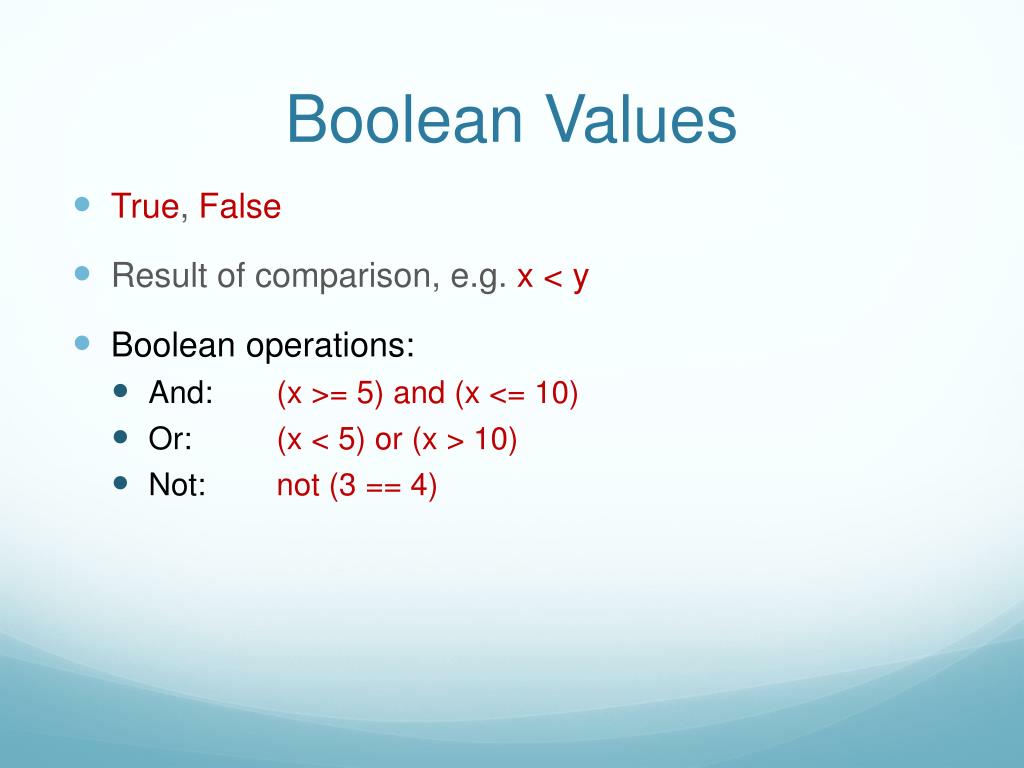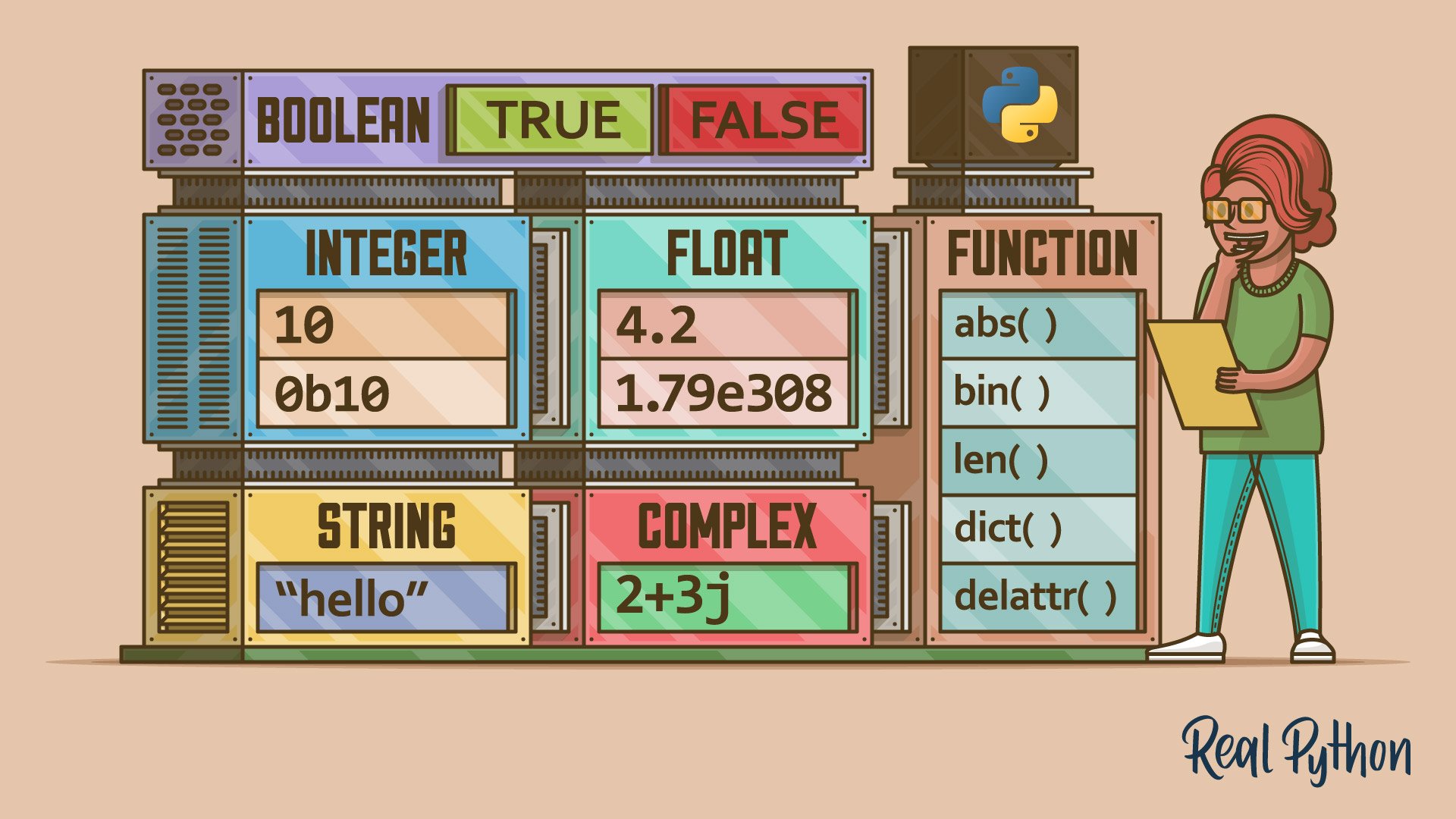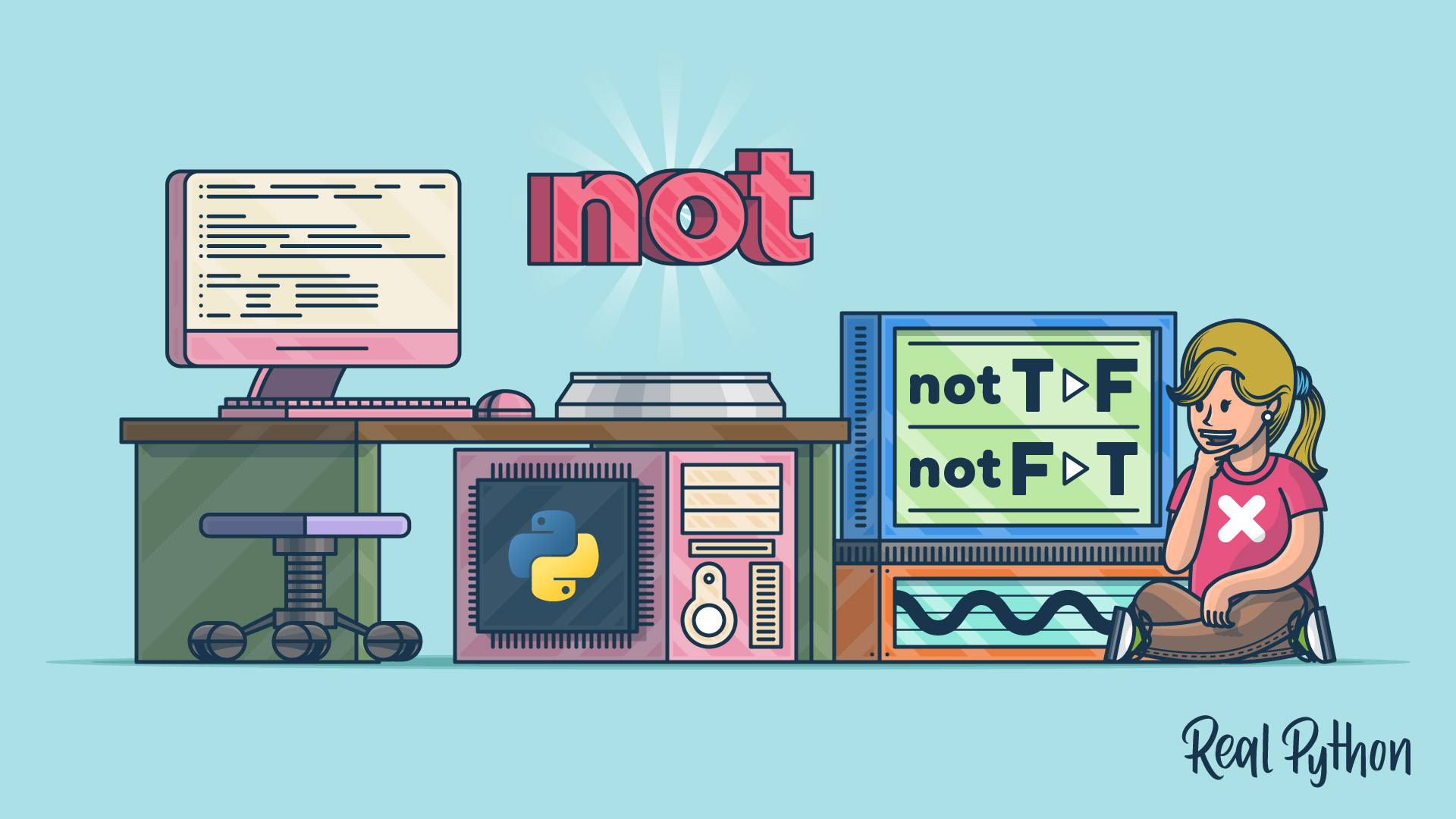The Essence of Boolean Data Type in Python Programming
The Boolean data type in Python is a fundamental concept that plays a crucial role in creating logical conditions and decision-making structures within code. Named after George Boole, an English mathematician, the Boolean data type consists of two primary values: ‘True’ and ‘False’. These values serve as the foundation for logical operations and can significantly impact the flow of a program.
Understanding Boolean Values: True and False
At the core of the Boolean data type in Python are the two values ‘True’ and ‘False’. These values represent the most fundamental logical entities, enabling developers to create logical conditions and decision-making structures within their code. To illustrate the concept of Boolean values, consider the following real-world examples:
- Is it raining outside? The answer is either ‘True’ (yes, it is raining) or ‘False’ (no, it is not raining).
- Is the light switch on? The answer is either ‘True’ (the light is on) or ‘False’ (the light is off).
In Python, Boolean values can be directly assigned to variables or used in expressions. Here are some simple code snippets demonstrating this concept:
is\_raining = True light\_switch = False print("Is it raining?", is\_raining) print("Is the light switch on?", light\_switch) By understanding the basic concept of Boolean values, developers can begin to harness the power of the Boolean data type in Python and create more sophisticated logical structures within their code.
Operators and Expressions: Building Logical Structures
Once you have grasped the concept of Boolean values, the next step is to understand how to create complex logical structures using Boolean operators and expressions. Python supports three primary Boolean operators: ‘and’, ‘or’, and ‘not’. These operators allow developers to create intricate logical conditions that can significantly enhance the decision-making capabilities of their code.
The ‘and’ Operator
The ‘and’ operator returns ‘True’ if both conditions are true. For example:
is\_raining = True temperature\_is\_low = True if is\_raining and temperature\_is\_low: print("It's cold and rainy outside.") The ‘or’ Operator
The ‘or’ operator returns ‘True’ if at least one of the conditions is true. For example:
is\_sunny = False temperature\_is\_high = True if is\_sunny or temperature\_is\_high: print("It's either sunny or hot outside.") The ‘not’ Operator
The ‘not’ operator returns the opposite value of the given condition. For example:
is\_raining = True if not is\_raining: print("It's not raining outside.") By combining these Boolean operators, developers can create sophisticated logical structures that can effectively control program flow and decision-making processes. Understanding the power of Boolean operators and expressions is essential for any Python developer looking to harness the full potential of the Boolean data type in their code.
How to Implement Boolean Data Type in Python Code
To effectively utilize the Boolean data type in Python, it is essential to understand how to implement it in your code. This section will provide a step-by-step guide on using Boolean data type in Python code, focusing on conditional statements (if, elif, else) and loops (for, while) to control program flow.
Conditional Statements
Conditional statements, such as ‘if’, ‘elif’, and ‘else’, allow your code to make decisions based on given conditions. By using Boolean values and expressions, you can create powerful decision-making structures within your code. Here’s an example:
temperature = 25 if temperature > 30: print("It's hot outside.") elif temperature > 20: print("It's moderately warm outside.") else: print("It's cool outside.") Loops
Loops enable your code to iterate through a sequence of values or perform a specific action repeatedly. By incorporating Boolean expressions within your loops, you can control when and how many times your code iterates. Here’s an example using a ‘for’ loop:
numbers = [1, 2, 3, 4, 5] for number in numbers: if number % 2 == 0: print(number, "is an even number.") else: print(number, "is an odd number.") By mastering the implementation of Boolean data type in Python code, you can create more efficient, readable, and powerful programs that effectively solve real-world problems.
Common Use Cases: When and Where to Use Boolean Data Type
The Boolean data type in Python is a versatile and powerful tool that can be applied in various real-world scenarios. By understanding its potential use cases, developers can effectively harness the power of Boolean data type in Python programming. Here are some common scenarios where Boolean data type proves particularly useful:
Data Validation
Boolean data type can be used to validate user input or data sources, ensuring that only accurate and relevant data is processed by your application. For example:
def validate\_email(email): if email.count("@") == 1 and email.count(".") > 0: return True else: return False Decision-Making Algorithms
Boolean data type is essential for creating decision-making algorithms that can effectively evaluate multiple conditions and make informed decisions based on the given input. For example:
def classify\_weather(temperature, humidity): if temperature > 30 and humidity > 80: return "Hot and Humid" elif temperature < 10 and humidity < 40: return "Cold and Dry" else: return "Moderate" Error Handling
Boolean data type can be used to detect and handle errors within your code, ensuring that your application can gracefully recover from unexpected situations. For example:
def divide(a, b): if b == 0: return False else: return a / b By understanding these common use cases, developers can effectively apply the Boolean data type in Python programming, creating more efficient, readable, and maintainable code.
Best Practices: Ensuring Effective and Efficient Usage
To maximize the potential of the Boolean data type in Python programming, it is crucial to follow best practices that promote code readability, performance optimization, and debugging techniques. Here are some recommendations to consider:
Code Readability
Ensure that your code is easily understandable by using descriptive variable names, proper indentation, and consistent formatting. For example:
is\_valid\_email = email\_address.count("@") == 1 and email\_address.count(".") > 0 Performance Optimization
Optimize your code’s performance by minimizing the number of Boolean operations and using short-circuit evaluation when possible. For example:
if user\_is\_authenticated and user\_has\_permission: # Perform action Debugging Techniques
Simplify the debugging process by breaking down complex Boolean expressions into smaller, more manageable components. This approach can help you identify the source of any issues more quickly and efficiently.
By following these best practices, developers can ensure that their code effectively utilizes the Boolean data type in Python, leading to more efficient, readable, and maintainable programs.
Pitfalls to Avoid: Common Mistakes and Misconceptions
When working with the Boolean data type in Python, developers may encounter several common mistakes and misconceptions. Here are some pitfalls to avoid, along with suggestions for improving your understanding of this essential concept:
Misunderstanding Boolean Operators
Ensure that you fully understand how Boolean operators (and, or, not) function and interact with each other. For example, the ‘or’ operator is often misunderstood as being inclusive, when in fact, it can return ‘True’ even if only one condition is met.
Incorrect Usage of Parentheses
Parentheses play a crucial role in determining the order of operations within Boolean expressions. Make sure you use them correctly to avoid unintended results.
Confusing Boolean Values with Integer Values
Remember that ‘True’ and ‘False’ are not equivalent to 1 and 0, respectively. While it is possible to convert Boolean values to integers and vice versa, they are fundamentally different data types in Python.
Overlooking Short-Circuit Evaluation
Take advantage of short-circuit evaluation to optimize your code’s performance. By placing more computationally expensive conditions after less expensive ones, you can minimize unnecessary operations.
By being aware of these common pitfalls, developers can avoid potential issues and improve their understanding of the Boolean data type in Python, leading to more efficient and effective programming practices.
Expanding Your Knowledge: Further Resources and Reading
To further explore the power and versatility of the Boolean data type in Python, consider delving into these additional resources and reading materials. They offer valuable insights and practical examples that can help you deepen your understanding of this essential concept and enhance your Python programming skills:
Python Official Documentation
The official Python documentation is an invaluable resource for developers at any skill level. Explore the Boolean Values section to learn more about the Boolean data type and its applications in Python.
Python.org Tutorials
Python.org provides a wealth of tutorials and guides for Python developers. Check out the Control Flow tutorial to learn how to use conditional statements and loops to control program flow with Boolean data type.
Real Python
Real Python is a popular online learning platform that offers high-quality Python tutorials and courses. Visit their website to access articles and videos on advanced topics such as conditional statements and while loops.
DataCamp
DataCamp is an interactive learning platform that offers courses on data science and programming. Enroll in their Python courses to learn more about using the Boolean data type in Python for data manipulation and analysis.
By exploring these resources and continuing to learn about the Boolean data type in Python, you can improve your programming skills and build more efficient, effective, and innovative applications.








